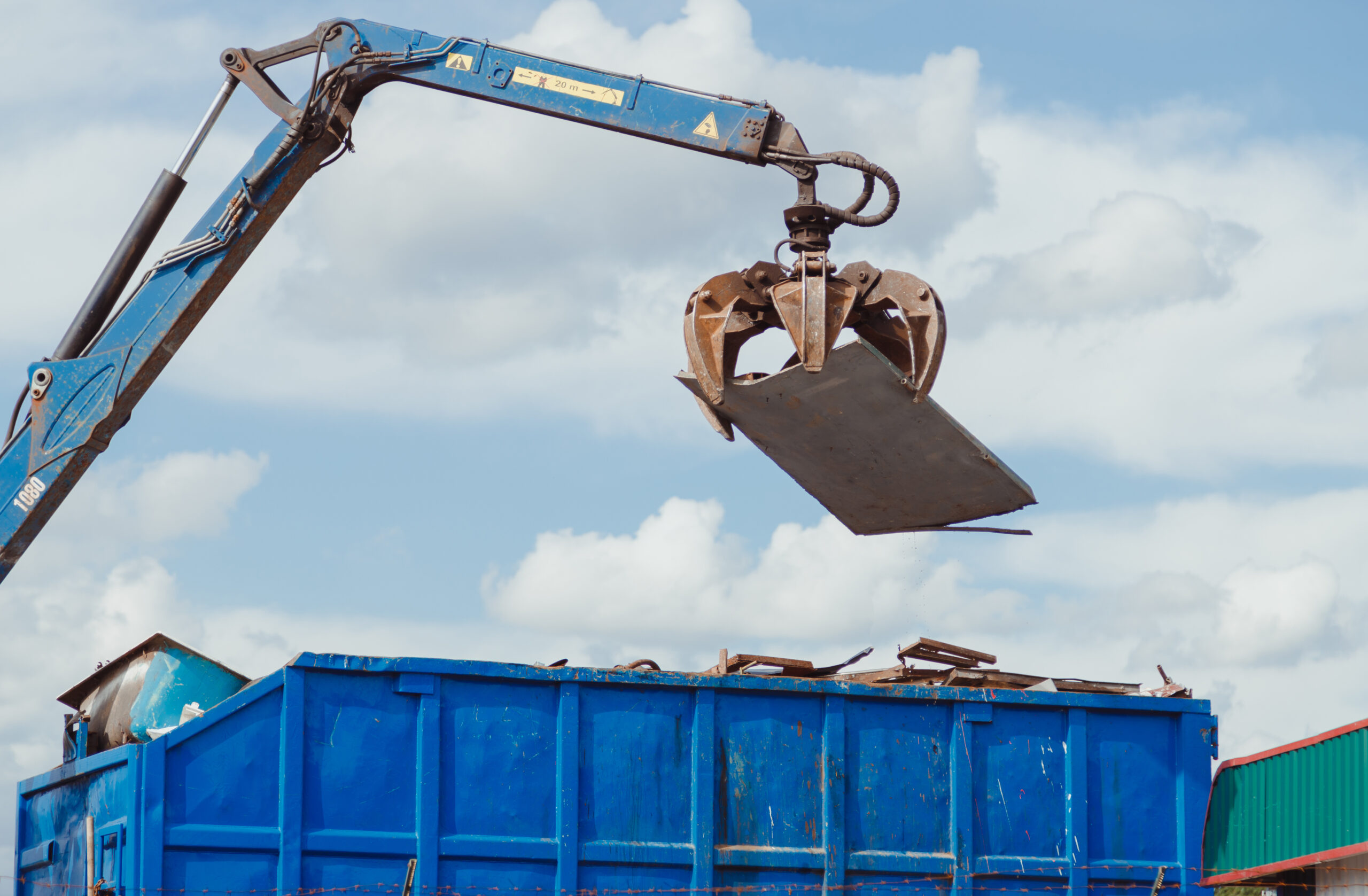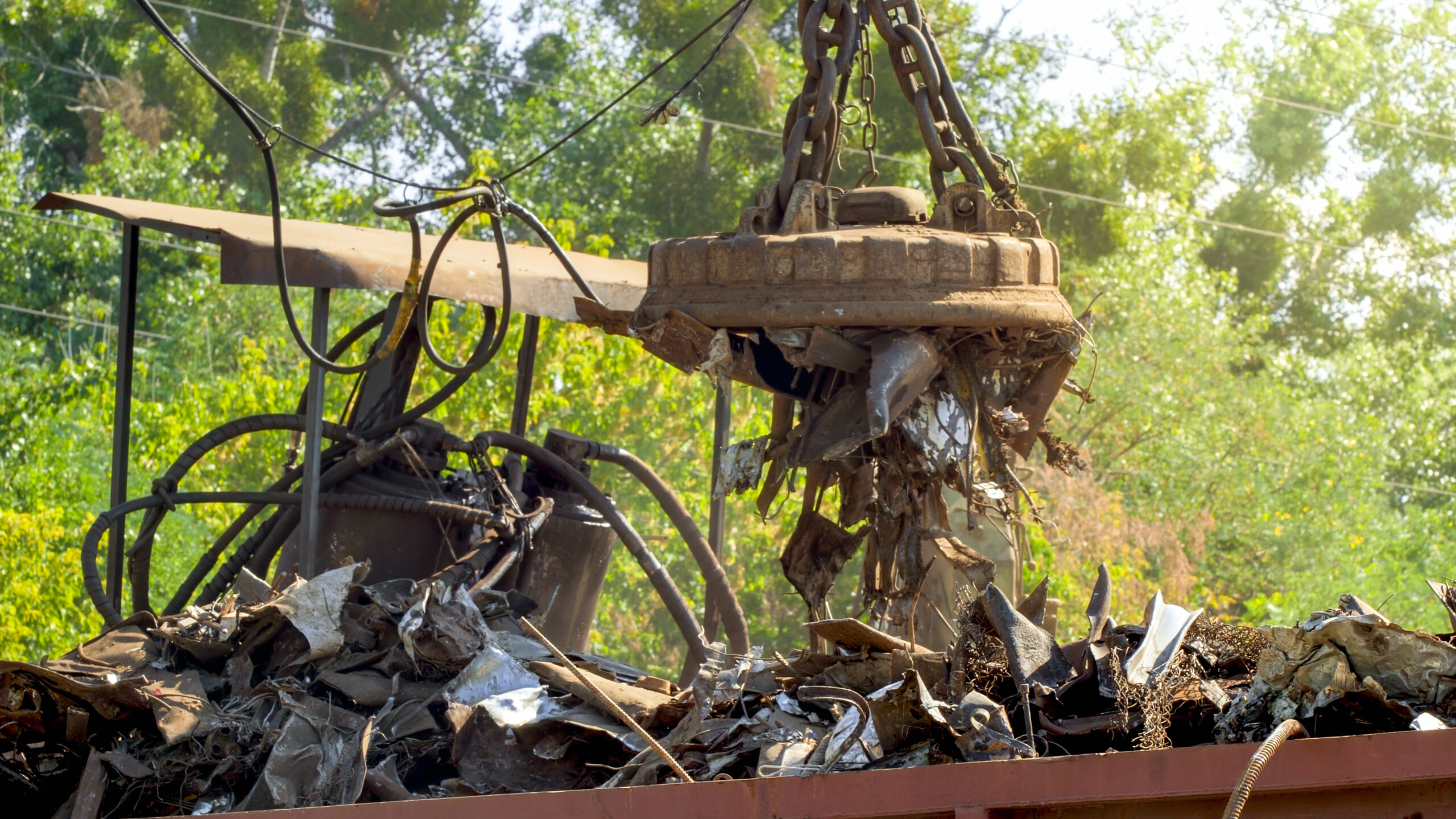
Although we’re passionate about metal recycling, we appreciate you might not be smelting with excitement.
Get it?
We wanted to add some brevity to the fun world of metal recycling and introduce you to some interesting metal recycling facts. Share with your family and friends or keep these little nuggets to yourself for icebreakers at your next party.
Everyone likes the guest who shares facts about metal recycling, right?
Steel Recycling:
Steel is the world’s most recycled metal. Thanks to its metallurgical properties, it has an endless lifecycle and can be smelted and remoulded over and over. Recycled aluminium can be collected from sources like cans, construction scraps, and cars and then transformed into similar products. An average city bus contains the equivalent of 75,000 cans worth of steel, and making new steel from recycled cans uses 75% less energy than raw materials.
More facts about steel recycling
- Steel makes up about 2.5% of Australia’s landfill waste.
- The average Australian consumes 6 kilos of steel drink cans annually
- 21% of all steel consumed in Australia is used in construction.
Aluminium Recycling:
Aluminium is a treasure trove of interesting facts.
- It is the most abundant metal in the earth’s crust.
- 75% of the aluminium ever produced is still in use today (like steel, it’s an endlessly recyclable metal
- Recycling aluminium uses only 5% of the energy required to make new aluminium. Therefore, it saves 95% of the energy if it’s recycled versus creating new aluminium metal.
- Recycling a single aluminium can saves enough energy to run a lightbulb for 20 hours or a computer for 3 hours.
- An aluminium can that is thrown away will remain in its can form 500 years from now.
Australia exports a significant portion of its scrap aluminium for recycling. In 2020, Australian exporters reported sending 119,075 tonnes of aluminium overseas.
Copper Recycling:
Copper is one of the first metals ever used by humans. The earliest evidence of copper smelting dates back to around 5000 BC, suggesting it was discovered soon after gold and meteoritic iron. It has the highest recycling rate of any engineering metal, and it’s possible that the copper used today in pennies and electrical wiring is the same as that used in ancient Egypt for functions such as plumbing.
It’s been used to make coins since ancient Rome thanks to its malleability.
It has high conductivity, which has led to its use in wiring and telecoms.
Premium-grade scrap copper has at least 95% of the value of the primary metal from newly mined ore.
More facts about copper recycling
- On average, copper products contain about 35% recycled content. This significantly reduces copper’s sustainable development footprint. It is estimated that since 1900, two-thirds of the 550 million tonnes of copper mined is still in productive use.
- Australia produces over 1 million tonnes of copper a year. This figure includes both raw materials and recycled metals.
- In Australia, the overall recovery rate for copper is very high.
Iron Recycling:
Iron usage dates back at least 3200 BC. However, it became more widespread around 1200 BC, marking the beginning of the Iron Age. Iron was valued for its strength and durability compared to earlier used metals like copper and bronze.
The history of iron is intertwined with the development of human civilisation, from ancient tools and weapons to modern infrastructure and technology. It has been a cornerstone in the development of societies, economies, and industries throughout our history.
Where aluminium saves 95% of the energy if it’s recycled, iron saves 75%. Like steel and aluminium, iron is infinitely recyclable, and its magnetic qualities make it easy to filter out from scrap.
Recycled iron is used in various applications, from the construction and automotive industries to manufacturing household appliances and packaging materials.

(H2) Fast Recycling Process:
The recycling process for metals can be incredibly quick. For example, it can take as little as two months for an aluminium can to be recycled and returned to the shelf in another form.
Reduction in Pollution:
Using recycled steel leads to an 86% reduction in air pollution and a 76% reduction in water pollution.
There’s nothing dull about metal recycling (pun intended). Now you have some interesting facts to pass to friends or keep as conversation pieces. You’re welcome.
If you want to recycle any scrap metal, find your local Norstar branch here. We accept most scrap metal, and if you’re not sure whether your metal is recyclable, why not get in touch and we can help.
We can even pick up your scrap from wherever you are.
